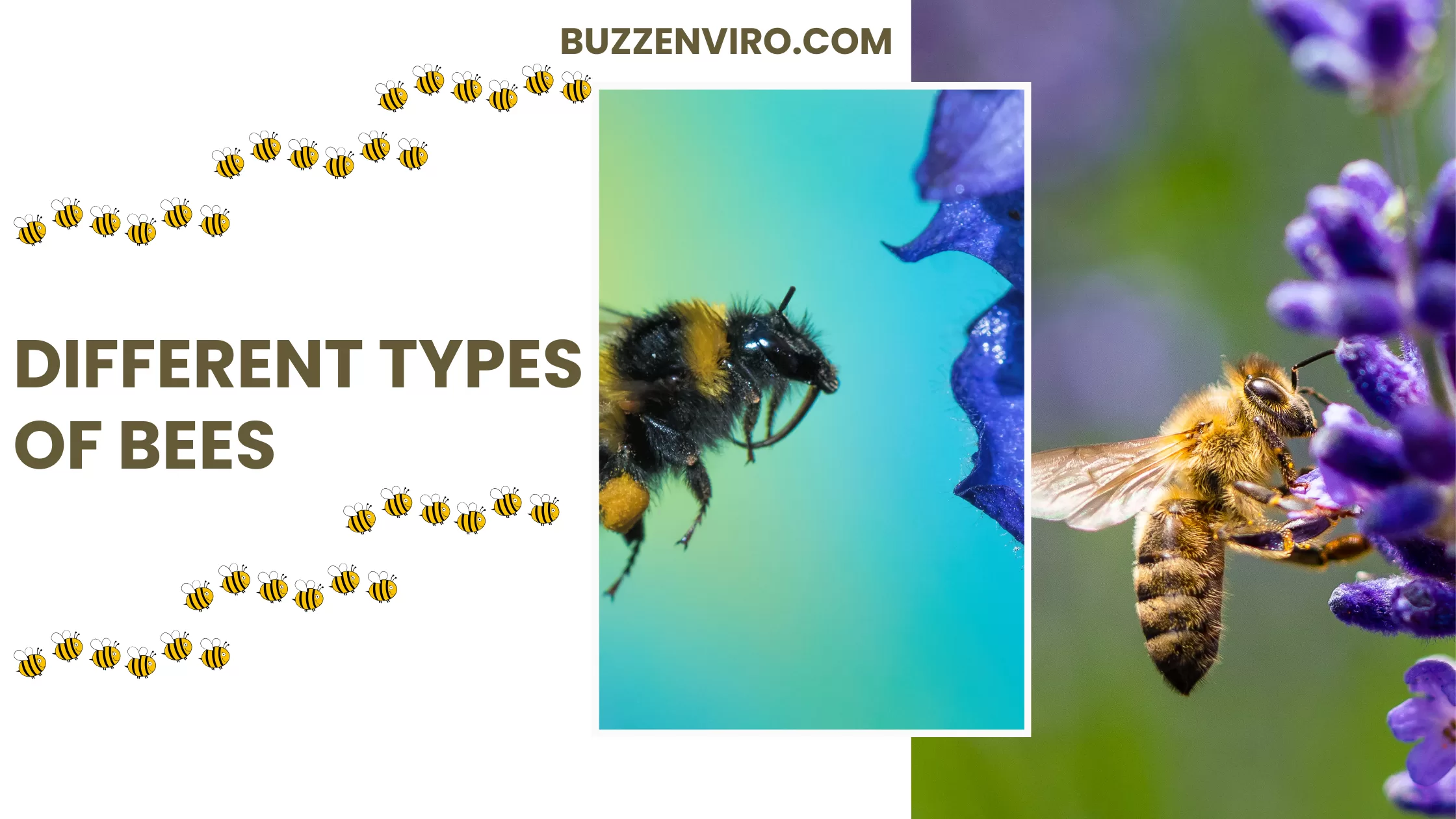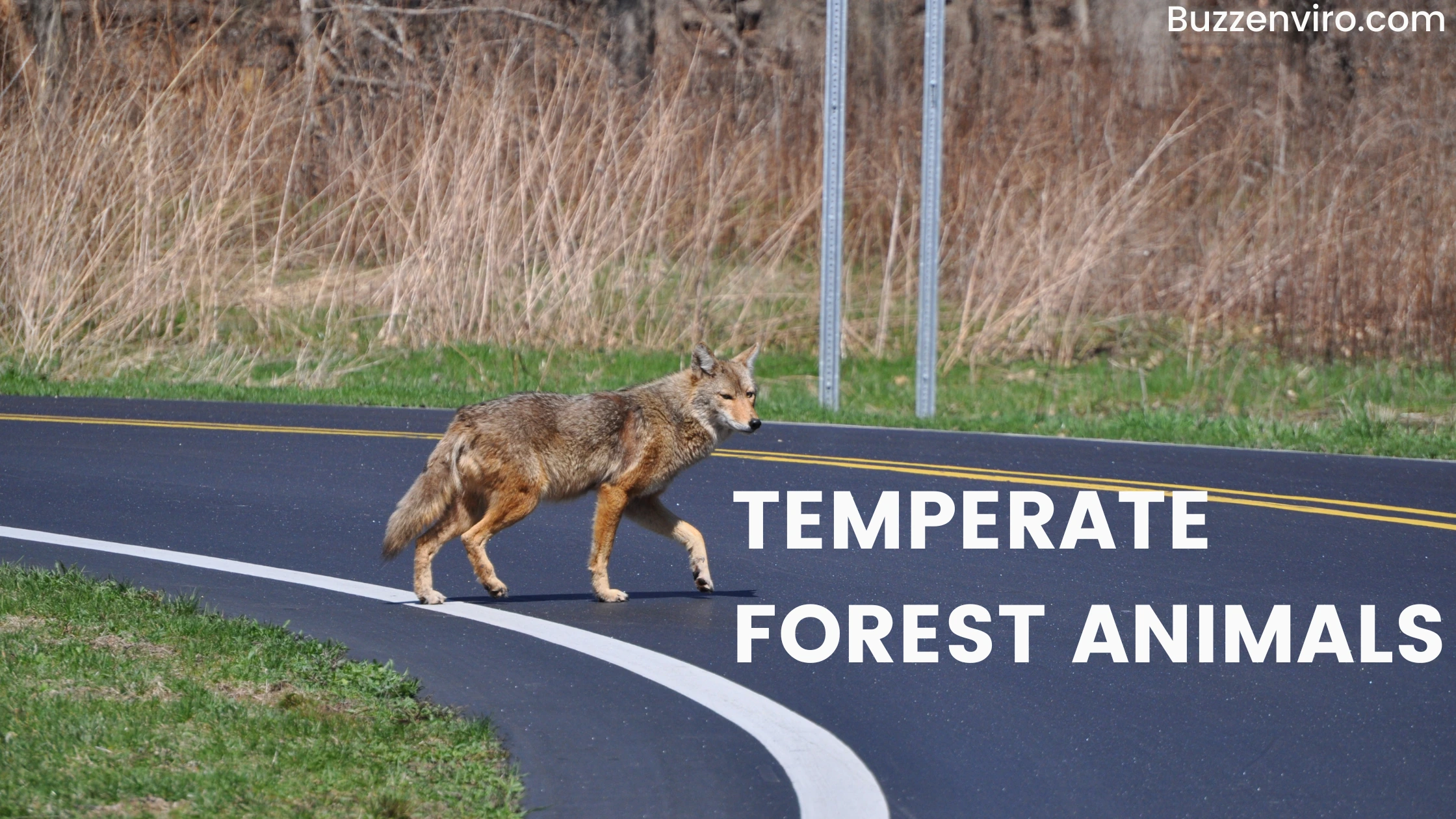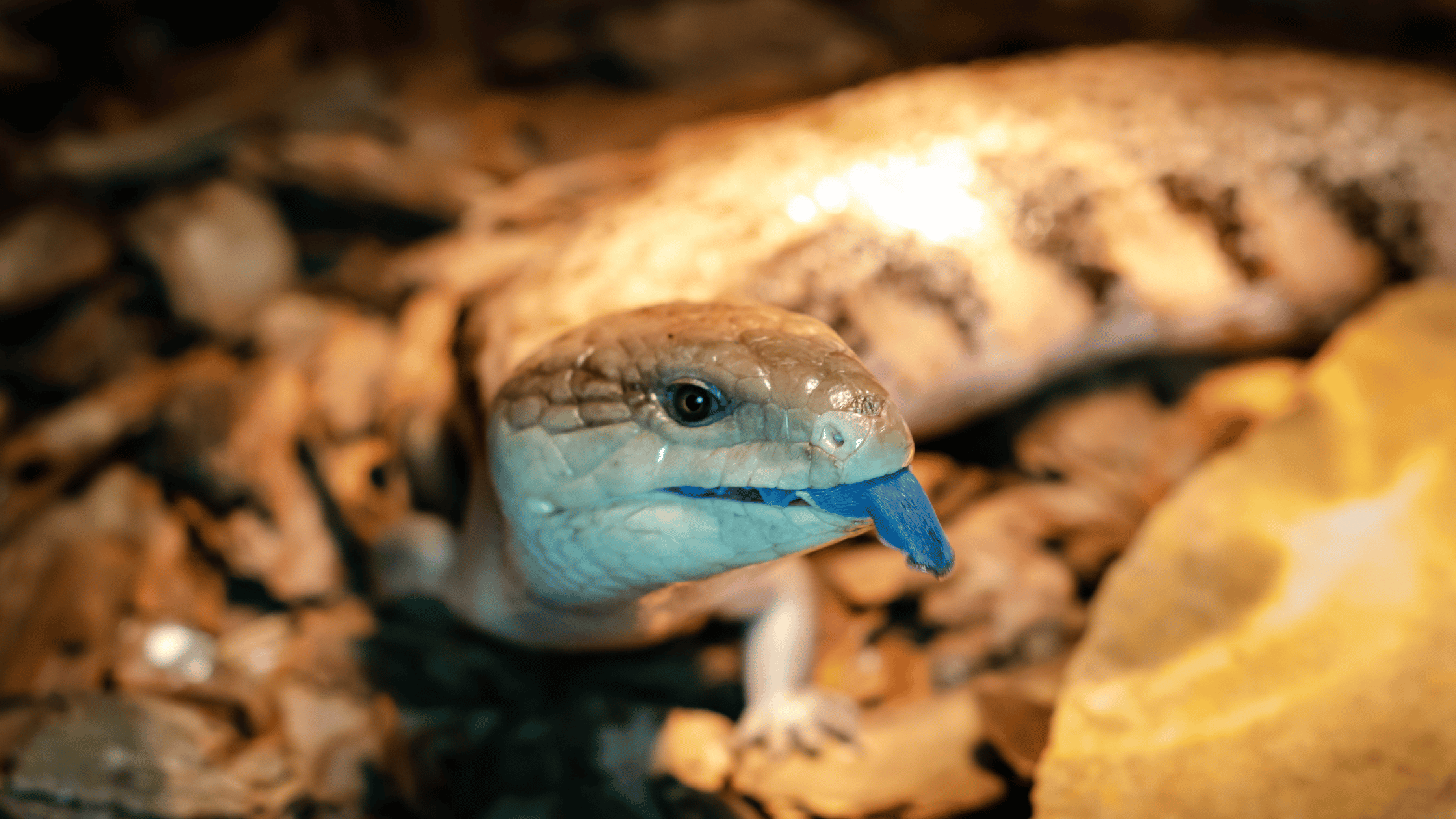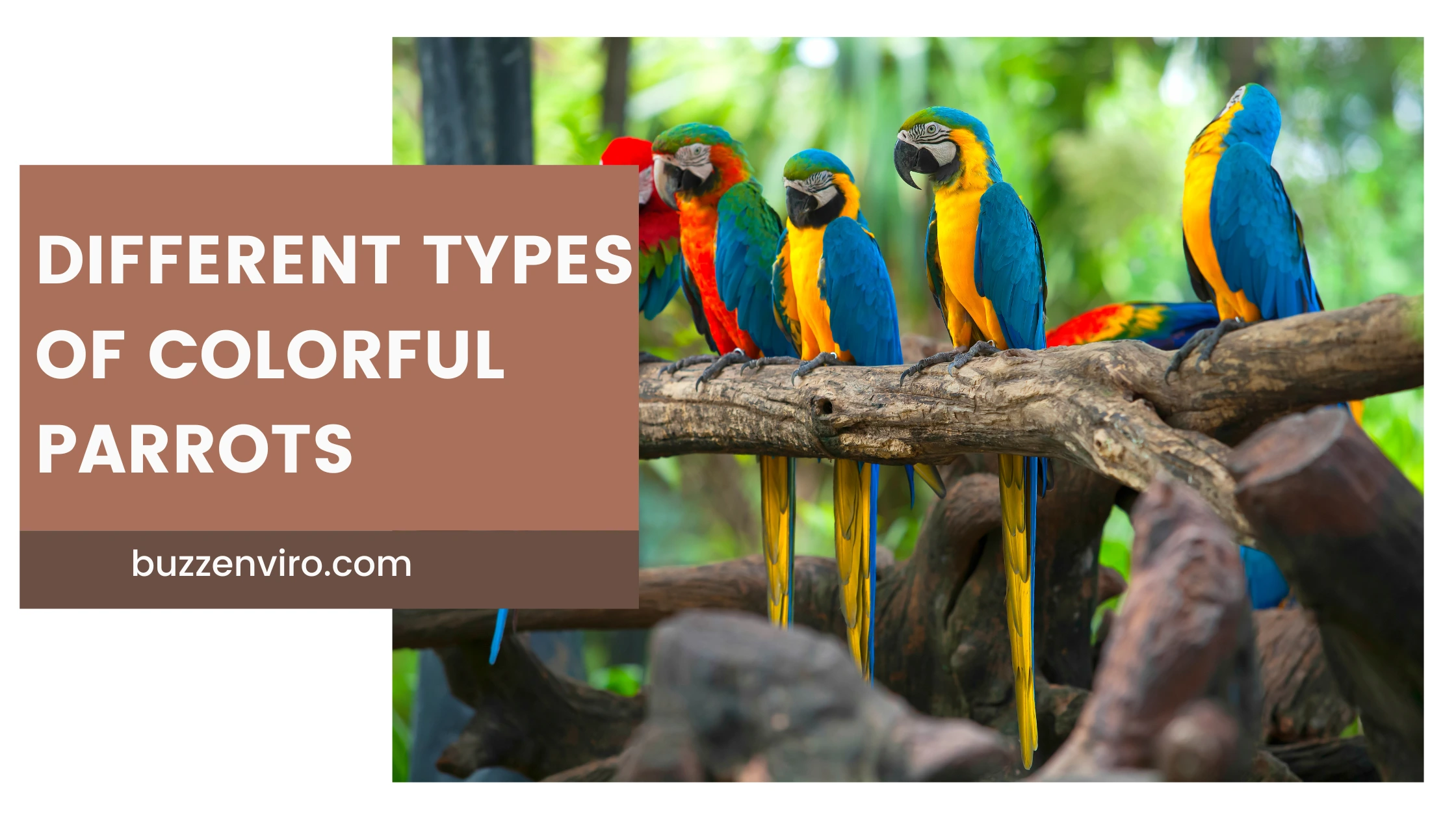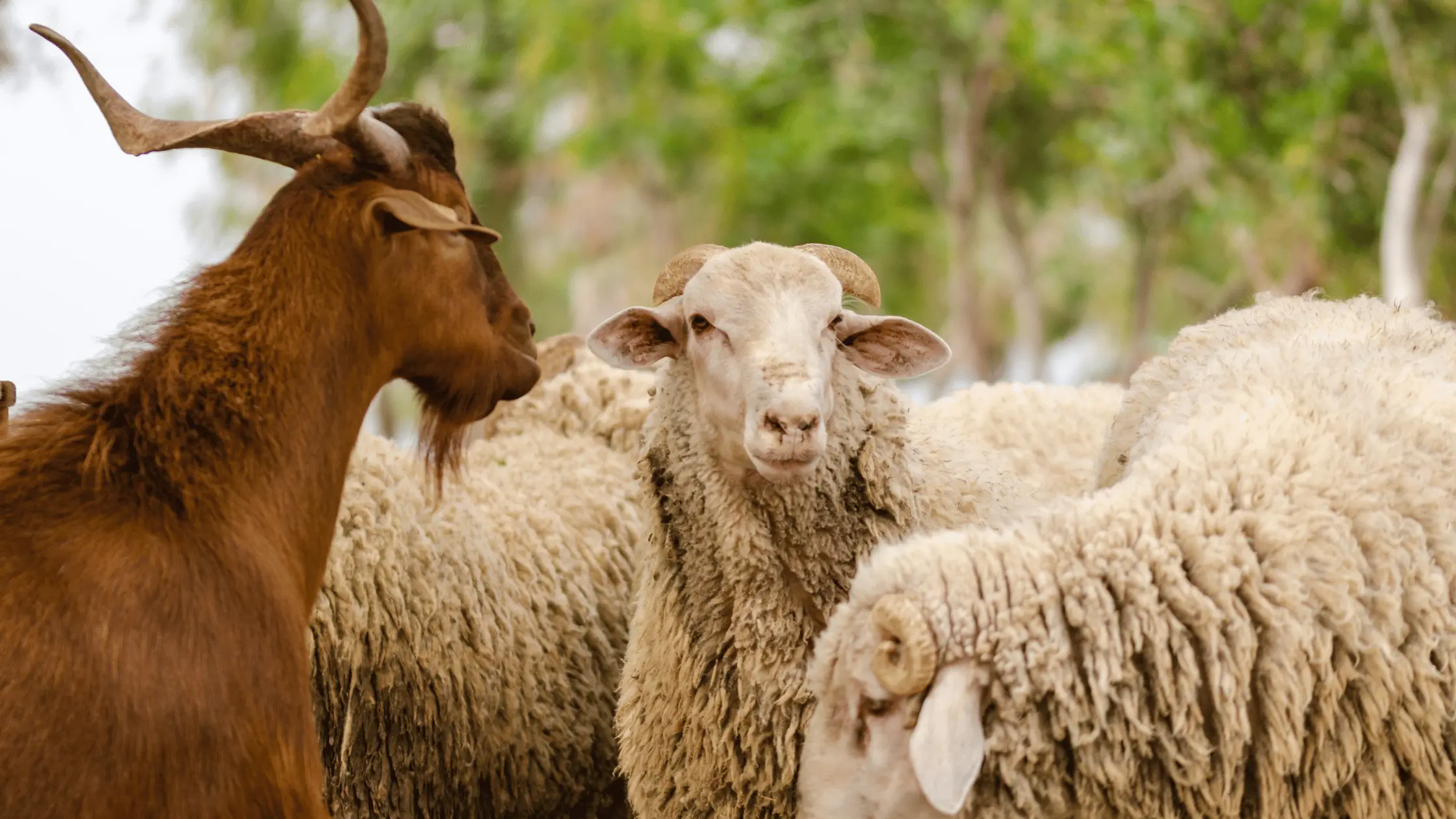Bees are incredibly important creatures that contribute to the health of our planet, especially when it comes to pollination. There are numerous bee types that play distinct roles in our ecosystems. In this blog, we will dive into the different types of bees, their unique characteristics, and their significance in nature and agriculture. Whether you’re interested in the type of honey bee, or want to know about the types of bee in a hive, we’ve got you covered!
1. Honey Bees: The Most Recognized Bee Types

One of the most well-known bee types is the honey bee. These social insects are famous for their ability to produce honey and beeswax. Honey bees are also essential for pollination, playing a crucial role in the fertilization of many crops and wildflowers.
In a honey bee colony, there are three distinct types of bees:
- Queen Bee: The queen is the heart of the hive, responsible for laying eggs and ensuring the colony’s growth and survival.
- Worker Bee: Worker bees are female bees that do the majority of the work in the hive. They gather nectar, care for the larvae, and protect the hive.
- Drone Bee: Drones are male bees whose primary role is to mate with a queen. They do not forage or contribute to hive maintenance.
These bees are essential to agricultural production and biodiversity. The types of bee in a hive work together to create a highly organized and efficient system.
2. Bumble Bees: Large, Fuzzy Pollinators

Bumble bees are another common bee type that stands out due to their larger size and fuzzy bodies. These bees are very effective at pollinating, especially for plants with complex flower structures that are harder for smaller bees to access. Bumble bees are excellent pollinators for crops like tomatoes and blueberries.
Like honey bees, bumble bee colonies also have a queen, workers, and drones, but their colonies tend to be smaller. Bumble bees are vital for pollinating certain crops that honey bees might miss, making them an important part of the different types of bees in agricultural ecosystems.
3. Solitary Bees: Independent and Efficient Pollinators

Not all bees live in colonies. Solitary bees are another bee type that you may encounter. Unlike honey bees, these bees live alone and do not have a hive. There are over 20,000 species of solitary bees, such as mason bees and leafcutter bees. These bees are crucial for pollination, especially in areas where honey bees might not be as active.
Solitary bees are effective pollinators for fruit trees, wildflowers, and crops that require specific pollination. They often build individual nests, usually in wood or underground, and do not produce honey like their social counterparts.
4. Carpenter Bees: Wood-Boring and Pollinating

Carpenter bees are a type of solitary bee known for their ability to burrow into wood. These bees can sometimes cause damage to wooden structures, but they also play a critical role in pollination. Carpenter bees are large and strong, making them effective pollinators of plants with tubular flowers.
While they do not live in a hive like honey bees, carpenter bees are incredibly important for the pollination of various plants. Their activity makes them one of the different types of bees that contribute to biodiversity and agricultural productivity.
Also read:- Bumble bee vs Carpenter Bee
5. Sweat Bees: Tiny, Shiny Pollinators

As the name suggests, sweat bees are often attracted to sweat. These small, shiny bees are excellent pollinators, especially for plants like sunflowers and fruit-bearing plants. While they may land on you in search of salt, sweat bees are generally non-aggressive and play an important role in the pollination process.
These bees are important for wild plant pollination, particularly for crops that require specialized pollination. Their unique habits and small size make them a fascinating bee type to learn about.
6. Leafcutter Bees: Nature’s Gardeners

Leafcutter bees are unique in that they cut leaves and use them to line their nests. Unlike honey bees, they do not live in colonies. These bees are essential for pollinating a wide variety of plants, including crops that are crucial to agriculture like alfalfa and clover.
Despite their somewhat destructive behavior in cutting leaves, leafcutter bees are highly effective at pollination. Their role as pollinators makes them an important bee type, particularly in areas where other pollinators might not be as active.
7. Mining Bees: Ground-Dwelling Pollinators

Mining bees are another group of solitary bees that nest in the ground. These bees are especially important in early spring when few other bees are active. Mining bees are efficient pollinators for trees like willows and plants such as dandelions, which bloom early in the season.
Their nests are often hidden underground, making them less noticeable than other types of bees, but their contribution to plant reproduction and biodiversity is significant.
Why Understanding Bee Types Is Important
Each bee type plays a vital role in the pollination of plants, ensuring that ecosystems thrive and crops are produced. From the well-known type of honey bee to the solitary leafcutter bee, every bee species contributes to a healthy environment. Understanding the different types of bees helps us appreciate their importance in maintaining biodiversity and supporting food production.
Conclusion
In conclusion, there are various bee types, each with its own specialized role in the ecosystem. Whether it’s the social honey bee, the solitary mason bee, or the hardworking bumble bee, all of these creatures contribute to pollination and plant reproduction. Protecting and supporting these types of bees is crucial for our environment and agriculture. By planting bee-friendly plants, avoiding harmful pesticides, and supporting local beekeepers, we can help ensure that these valuable insects continue to thrive for generations to come.
